#atlantic ocean
Text
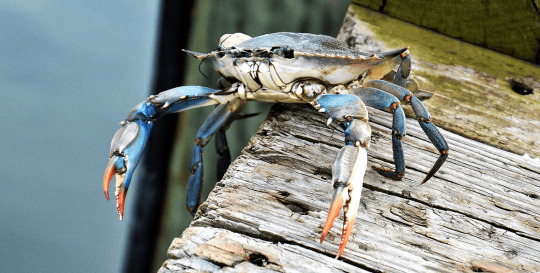


At Last, the Atlantic Blue Crab!
A common sight on dinner tables in Canada, America, and Mexico, the blue crab-- also known as the Atlantic blue crab or the Maryland Blue crab (Callinectes sapidus)-- is native to the the Gulf of Mexico and the Atlantic coast of North America. This species is a bottom dweller, and can occupy a range of habitats from freshwater tributaries to the open bays and gulfs of the ocean itself. At times it may be found at high tide, but most individuals remain submerged at depths up to 36 m (120 ft) deep.
As indicated by its name, the claws and front body of male blue crabs are bright blue. Females are carry a blue tinge, but are largely brown or olive, though the tips of their claws are bright red. Otherwise, the two sexes may be distinguished by the shape of their underside, or "apron"; males have an inverted 'T' shape, while females have a wider, rounder shape. Individuals of both sexes may grow up to 23 cm (9 in) in width, and weigh up to 136 g (0.3 lbs).
Spawning for C. sapidus can occur year-round, but for most populations it peaks in October or November. When females are ready, they travel up estuaries and rivers to where populations of males are more concentrated, and then release pheromones in their urine to attract mates. Male crabs then compete for access, and guard their chosen mates fiercely for up to a week. During this time, the female molts, at which point the male fertilizes her. Afterwards, she may retain her mate's sperm for up to a year, during which time she returns to saltier waters. A female can fertilize 2 million eggs at a time, and will carry them in a mass under her abdomen until they hatch, about a week after fertilization. She may do this as many as 4 times throughout a single mating season.
Once hatched, Atlantic blue crab larvae are released into the ocean. Each larvae spends 30-40 days going through seven larval stages known as zoea; these stages are similar to the instars of a larval insect. However, zoea have hard shells and must molt at each stage of development. After the initial zoea stages, juvenile C. sapidus enter the megalops stage, which lasts 6-20 days. During this time juveniles move from the ocean into the estuaries in which they spawned. Finally, they molt into their final form, which resembles an adult-- albeit much smaller. Both males and females continue to molt throughout the year until they reach their full size. In total, both sexes go through about 25 molts each throughout their lives, which spans about 3 years in the wild.
Blue crabs have a wide and varied diet, as they are omnivores. In their larval stages, Maryland blue crabs consume primarily plankton and detritus. Megalops and adults will feed on clams, mussels, and oysters, small fish, kelp, seaweed, carrion, smaller blue crabs, and animal waste. In turn, both juveniles and adults are food for eels, large fish some sharks, stingrays, and humans. In fact, predation upon larval and sub-adult blue crabs is so heavy that, of 8 million eggs released by the mother, only 1 or 2 typically survive to adulthood.
Conservation status: The Maryland blue crab has not been evaluated by the IUCN. However, in recent decades, fisheries have noticed a severe decline in abundance, likely due to over-harvesting and pollution.
If you send me proof that you’ve made a donation to UNRWA or another fund benefiting Palestinians– including esim donations and verified gofundmes– I’ll make art of any animal of your choosing.
Photos
Kim Cover
Lynn Strauss
Jo O'Keefe
#atlantic blue crab#Decapoda#Portunidae#swimming crabs#crabs#decapods#crustaceans#arthropods#marine fauna#marine arthropods#coasts#coastal arthropods#atlantic ocean
73 notes
·
View notes
Text


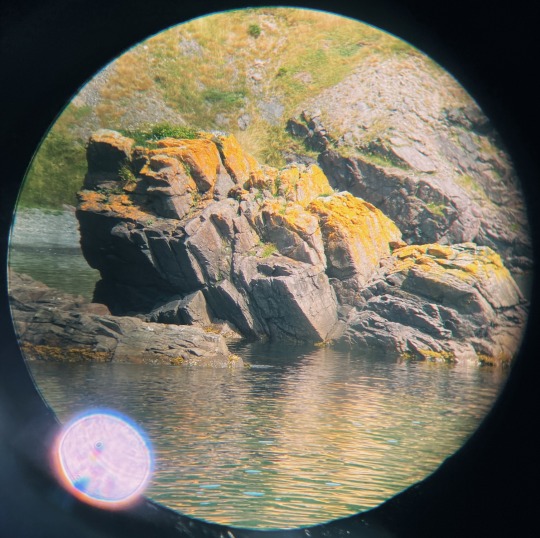
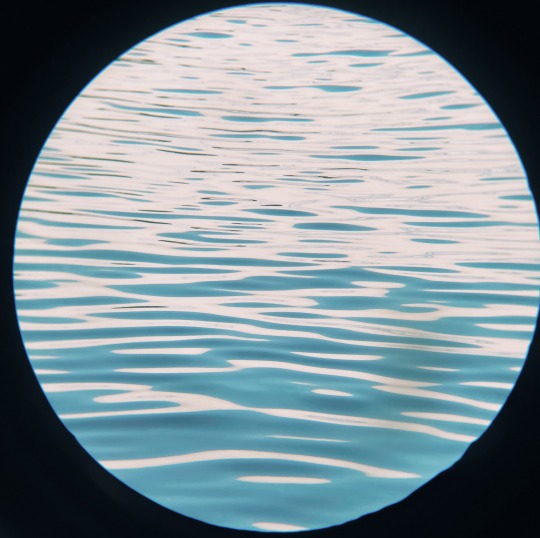
Faraway views (right lens of my binoculars)
#pursuit 8x42mm if anyone is curious…#observations#mine#my photography#nature#ocean#newfoundland#island#atlantic ocean#canada#binoculars#film photography#ecology#geomorphology
40K notes
·
View notes
Text

literally!!
#sharks#marine animals#marine biology#shark#atlantic ocean#pacific ocean#ocean#shark post#shark memes#lemon shark#epaulette shark#hammerhead shark#blacktip reef shark#great white shark#whale shark#chilling pic moments before 14ft great white shark mauled surfer shows haunting clue beast is about to pounce#shark thoughts
10K notes
·
View notes
Text


Deepsea Lizardfish (Bathysaurus ferox), family Bathysauridae, Veatch Canyon off the coast of the NE United States
photograph via: NOAA OKEANOS Explorer Program , 2013 Northeast U. S. Canyons Expedition
#lizardfish#fish#ichthyology#ocean#bathysaurus#bathysauridae#animals#nature#atlantic ocean#north america
12K notes
·
View notes
Text
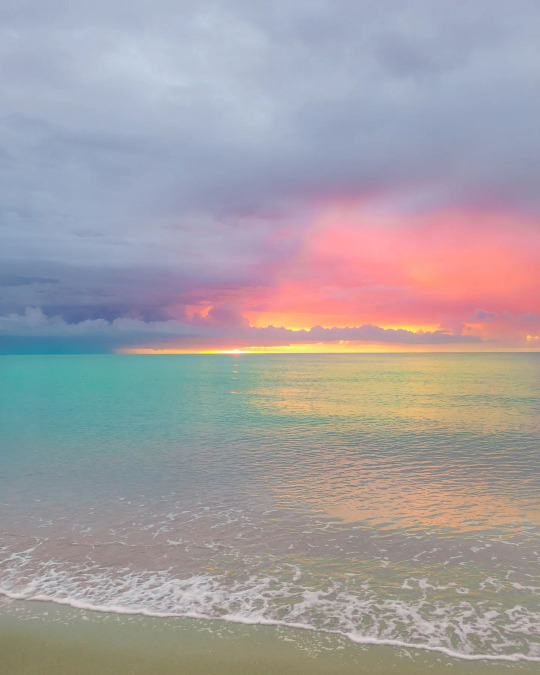
A sunset will tint your dreams
Photo by Mauro Scalabroni
12K notes
·
View notes
Text
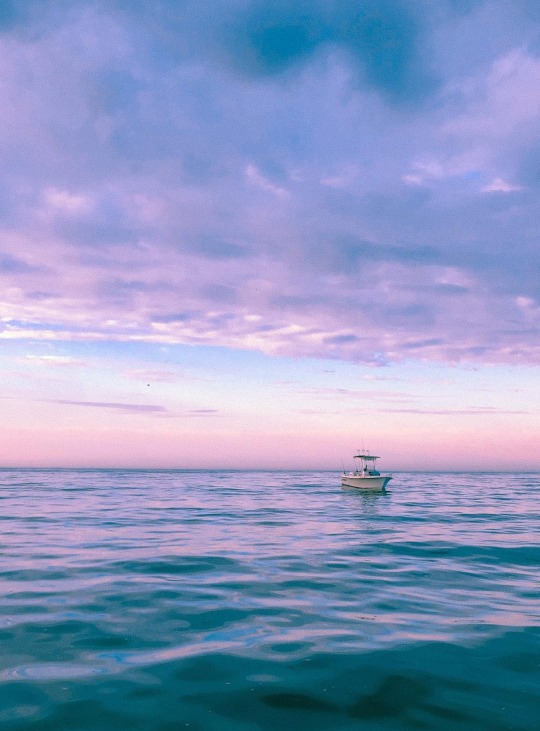
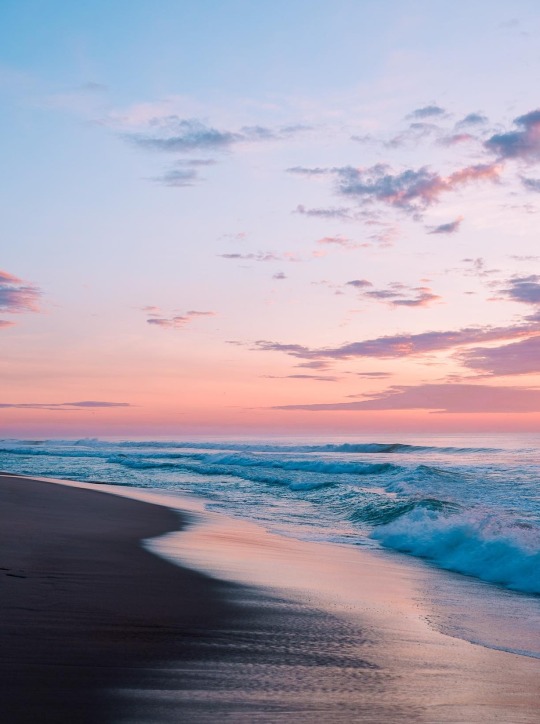


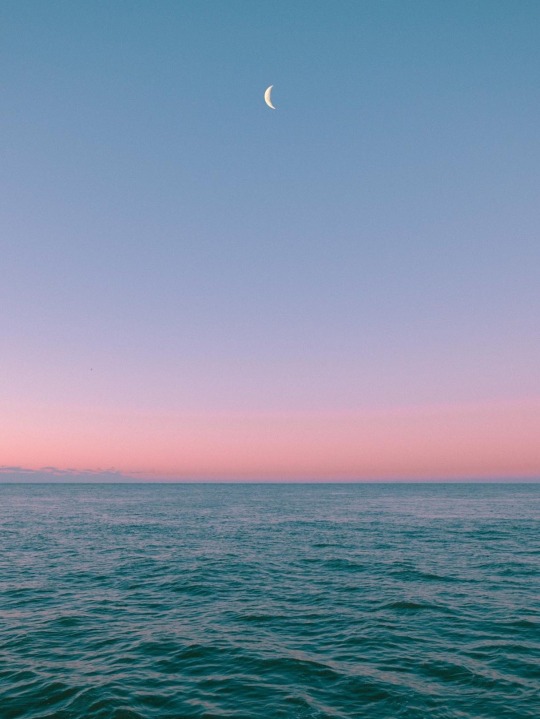

nev.in.color
3K notes
·
View notes
Photo





#ocean#oceanside#ocean view#atlantic ocean#sea#sea creatures#library#books#book review#new books#book quotes#bookaddict#book blog#bookshelf#book#reading#currently reading#long reads#okumak#okuyorum#kitap okumak#kütüphane#sahaf#sahaflar
4K notes
·
View notes
Text


Wait, so the guy witnessed first-hand the sub getting lost for five hours and didn’t think that was worth mentioning in his report?!?
This is not good journalism, frankly.
2K notes
·
View notes
Text
Breathtaking 🌅 !.
#magical world#magic destinations#magic places#downfalldestiny#downfall#life#Cliff#Sea#atlantic ocean#mighty ocean#ocean waves#the sea#sea waves#Clouds#epic scenery#epic video#epic#scenery#beautiful scenery
3K notes
·
View notes
Text

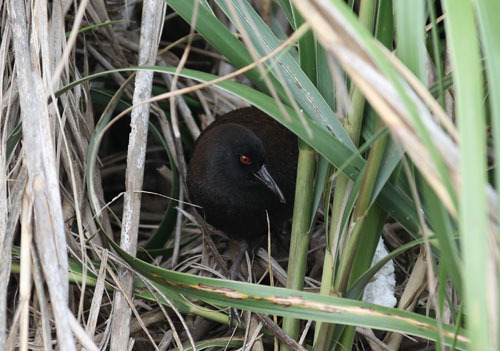

Access Denied: The Inaccessible Island Rail
The Inaccessible Island rail (Laterallus rogersi) is a rarely seen member of the rail family, Rallidae. Part of the reason for its obscurity is the place in which it resides: Inaccessible Island, part of the Tristan da Cunha archipelago in the southern Atlantic Ocean. These islands are extremely remote, and until 2019 it was unclear how L. rogersi even came to be there. We now know that the species colonized the island some 1.5 million years ago, originally coming in from South America and subsequently losing its ability to fly.
In addition to its unique evolutionary history, the Inaccessible Island rail's greatest claim is that it is the smallest flightless bird in the world. Individuals weigh between 35 to 49 g (1.2–1.7 oz) and can be 13 to 15.5 cm (5.1–6.1 in) long from beak to tail. Members of both sexes are dark brown with red eyes; some may have white striping along the underbelly or wings. Females tend to be slightly smaller and lighter in color than males.
The Inaccesible Island rail can be found on all habitats on the island in which it inhabits; these include low mountains and fern brush though the species is most abundant in the grasslands that grow close to the rocky shore. Within these habitats, L. rogersi is largely diurnal. They freely forage for invertebrates, including earthworms, beetles, and moths, as well as seeds and berries; as they have no natural predators they have few defenses against potential threats, although they can run extremely fast when alarmed.
Adults are highly territorial, and when two rivals of either sex encounter each other they will display by lowering their heads, circling each other, and calling loudly until one of them concedes. Males and females mate for life, and build nests in the tall grass. The breeding season is between October and January, in late summer, and females lay a clutch of 2 eggs. Both parents take turns incubating the eggs until they hatch. Chicks can be vulnerable to predation by the migratory brown skua, so parents guard the nest fiercely. The time it takes for chicks to fully mature is unknown, as is the average lifespan in the wild.
Conservation status: The Inaccessible Island rail is considered Vulnerable by the IUCN. The island's population is believed to stand at about 5,600 adult birds. While the island's ecology is currently stable, researchers believe the species would be seriously imperaled if invasive species such as house mice, feral cats and brown rats were introduced. Access to the island is currently restricted, and the island has been declared a nature reserve by the Tristan da Cunha Island Council.
If you like what I do, consider leaving a tip or buying me a kofi!
Photos
Peter G. Ryan
#inaccessible island rail#Gruiformes#Rallidae#rails#birds#islands#island birds#grasslands#grassland birds#Atlantic ocean#animal facts#biology#zoology
939 notes
·
View notes
Text

luz / light
© Manoel T, 2024
271 notes
·
View notes
Text
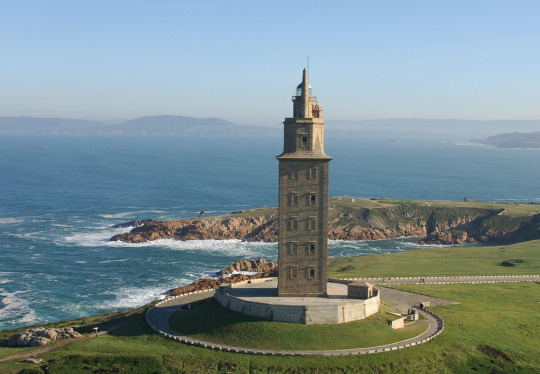
The Tower of Hercules, a Roman lighthouse in A Coruña, Galicia, Spain
#tower of hercules#roman#lighthouse#torre de hércules#a coruña#galicia#spain#atlantic#atlantic ocean#tower#towers#lighthouses#europe#european#antiquity#architecture#monument#monuments#history#ancient rome#farum brigantium
151 notes
·
View notes
Text

TIGER SHARK APPRECIATION!!
#sharks#marine animals#marine biology#shark#tiger shark#san jose sharks#pacific ocean#atlantic ocean#caribbean
510 notes
·
View notes
Text
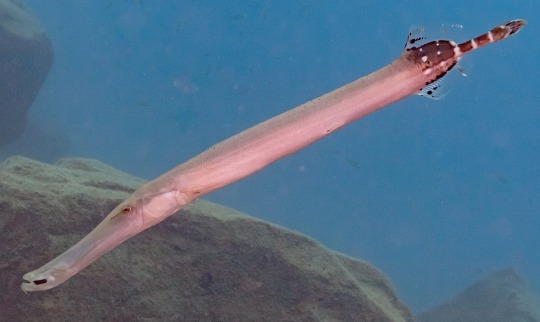
Atlantic Trumpetfish (Aulostomus strigosus), family Aulostomidae, Teno-Rasca Marine Strip, Tenerife, Canary Islands
photograph by Diego Delso
#trumpetfish#fish#aulostomus#aulostomidae#ichthyology#animals#nature#ocean#canary islands#atlantic ocean
2K notes
·
View notes
Photo

How big is Indonesia? Its territory as long as a distance from USA and Europe.
424 notes
·
View notes
